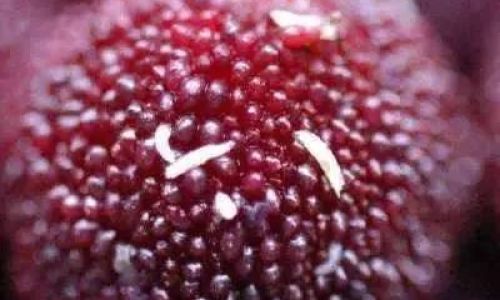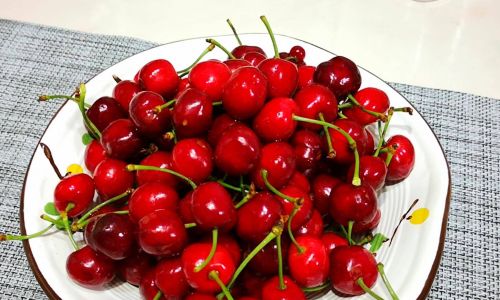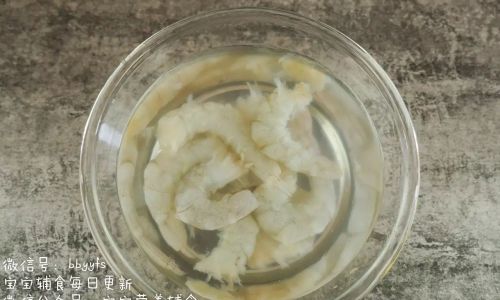Introduction
Cherries, with their juicy, sweet flavor and vibrant red hue, are a delight enjoyed by many across the globe. Whether consumed fresh, baked into pies, or used to craft delicious beverages, cherries offer a myriad of culinary possibilities. However, one aspect of enjoying cherries that can be quite off-putting for some is the discovery of insects within them. The sight of a tiny worm or larva crawling inside a cherry can quickly turn one’s appetite sour. But should this discovery deter you from enjoying this delightful fruit? Absolutely not! In this comprehensive guide, we will explore why insects in cherries are more common than you might think, the potential risks they pose, and most importantly, how to effectively deal with them to ensure you can continue to enjoy cherries without any worries.
Understanding Insect Infestation in Cherries

Before diving into solutions, it’s crucial to understand why insects find their way into cherries. The primary culprit behind this phenomenon is the cherry fruit fly (Rhagoletis cerasi), a tiny insect that lays its eggs on or inside ripening cherries. These eggs hatch into larvae, which then feed on the fruit’s flesh, growing and developing until they are ready to pupate. While this process may sound unappealing, it is a natural part of the ecosystem, and insects play a vital role in pollination and fruit development.
The cherry fruit fly is particularly problematic because its lifecycle is tightly linked to the ripening of cherries. Female flies are attracted to the sweet aroma of ripe cherries and use their sharp ovipositors to pierce the fruit’s skin, depositing eggs just beneath the surface. These eggs are tiny and often invisible to the naked eye, making it difficult to detect infestation until the larvae have already begun to feed.
While cherry fruit flies are the most common insects found in cherries, other pests like maggots, moths, and beetles can also infest cherries, albeit less frequently. Each of these insects has its unique way of interacting with cherries, but the end result is often similar: unwanted guests feasting on your fruit.
Potential Risks of Eating Insect-Infested Cherries
The discovery of insects in cherries might make you wonder if consuming such fruit poses any health risks. Generally speaking, the risk of illness from eating insect-infested cherries is low. Insects like cherry fruit fly larvae are not known to carry diseases harmful to humans. However, there are a few considerations to keep in mind:
-
Allergic Reactions: While uncommon, some individuals may have allergic reactions to insect proteins. Symptoms can range from mild skin irritation to severe anaphylactic reactions. If you are unsure about your allergy status, it’s best to avoid consuming insect-infested cherries.
-
Gastrointestinal Distress: Eating large quantities of insects or their droppings could potentially cause gastrointestinal discomfort, such as nausea, vomiting, or diarrhea. While this is unlikely with a few larvae, it’s something to be mindful of if you consume a significant amount of infested fruit.
-
Psychological Discomfort: Even if there are no physical health risks, the psychological discomfort of knowingly eating insects can be enough to deter some people from enjoying cherries.
Methods for Dealing with Insects in Cherries
Now that we understand why insects infest cherries and the potential risks associated with consuming them, let’s explore various methods for dealing with this issue.
Prevention Techniques
The best way to deal with insects in cherries is to prevent infestation before it happens. Here are some effective prevention techniques:

-
Netting and Covering: Protect your cherry trees with fine netting or insect-proof covers. This physical barrier will prevent cherry fruit flies and other insects from accessing the fruit.
-
Cultural Practices: Prune your cherry trees regularly to improve air circulation and reduce humidity, which can attract insects. Remove fallen fruit promptly to prevent it from becoming a breeding ground for pests.
-
Biological Control: Introduce natural predators of cherry fruit flies, such as parasitic wasps, into your orchard. These tiny insects will lay their eggs inside cherry fruit fly larvae, effectively killing them.
-
Chemical Control: As a last resort, consider using insecticides. However, be mindful of the potential environmental impact and the need for proper application techniques to avoid harming beneficial insects and pollinators.
Inspection and Sorting
Even with the best prevention measures, some insects may still find their way into your cherries. That’s why inspection and sorting are crucial steps in dealing with infestation.
-
Visual Inspection: Carefully inspect each cherry before consuming it. Look for tiny holes or discolorations on the fruit’s surface, which can indicate insect activity.
-
Saltwater Bath: Soaking cherries in a saltwater solution (about 1 tablespoon of salt per quart of water) for 10-15 minutes can help dislodge any surface insects. The saltwater makes it difficult for insects to hold onto the fruit’s surface. Rinse the cherries thoroughly after soaking.
-
Cold Water Float: Another method is to float cherries in cold water. Insects tend to be lighter than water and will float to the surface, making them easy to remove.
Freezing and Cooking
If you’re not concerned about preserving the cherries’ fresh texture, freezing or cooking can be effective ways to deal with insects.
-
Freezing: Freezing cherries at a low temperature (-18°C or below) for at least 48 hours will kill any insects present. This method is particularly useful for preserving cherries for later use in baking or smoothies.

-
Cooking: Cooking cherries, whether by baking, boiling, or steaming, will also kill any insects. While this method alters the fruit’s texture and flavor, it’s effective for making jams, pies, and other cooked dishes.
Commercial Treatments
For commercial growers, there are several treatments and technologies available to manage insect infestation in cherries. These include:
-
Irradiation: Exposing cherries to low doses of radiation can effectively kill insects and extend the shelf life of the fruit.
-
Modified Atmosphere Packaging (MAP): Packaging cherries in a controlled atmosphere with low oxygen levels can slow down the growth and reproduction of insects.
-
Cold Storage: Storing cherries at near-freezing temperatures can slow down insect activity and extend the fruit’s shelf life without freezing it solid.
Conclusion
Discovering insects in your cherries can be a distressing experience, but it doesn’t mean you have to forgo the joy of enjoying this delicious fruit. By understanding the reasons behind insect infestation, recognizing the potential risks, and implementing effective prevention, inspection, and treatment methods, you can continue to savor cherries without worry. Remember, insects are a natural part of our ecosystem, and with the right approach, you can coexist with them while still enjoying the bounty of nature’s sweet rewards.
In the end, it’s all about finding a balance between enjoying the fruits of nature and respecting the intricate web of life that makes our world so diverse and fascinating. With a bit of knowledge and vigilance, you can ensure that your cherries are as insect-free as possible, allowing you to focus on the sweet, juicy pleasure they provide. So, the next time you reach for a handful of cherries, remember that a few tiny insects shouldn’t detract from the overall delight of this delightful fruit. Happy cherry-eating!






0 comments